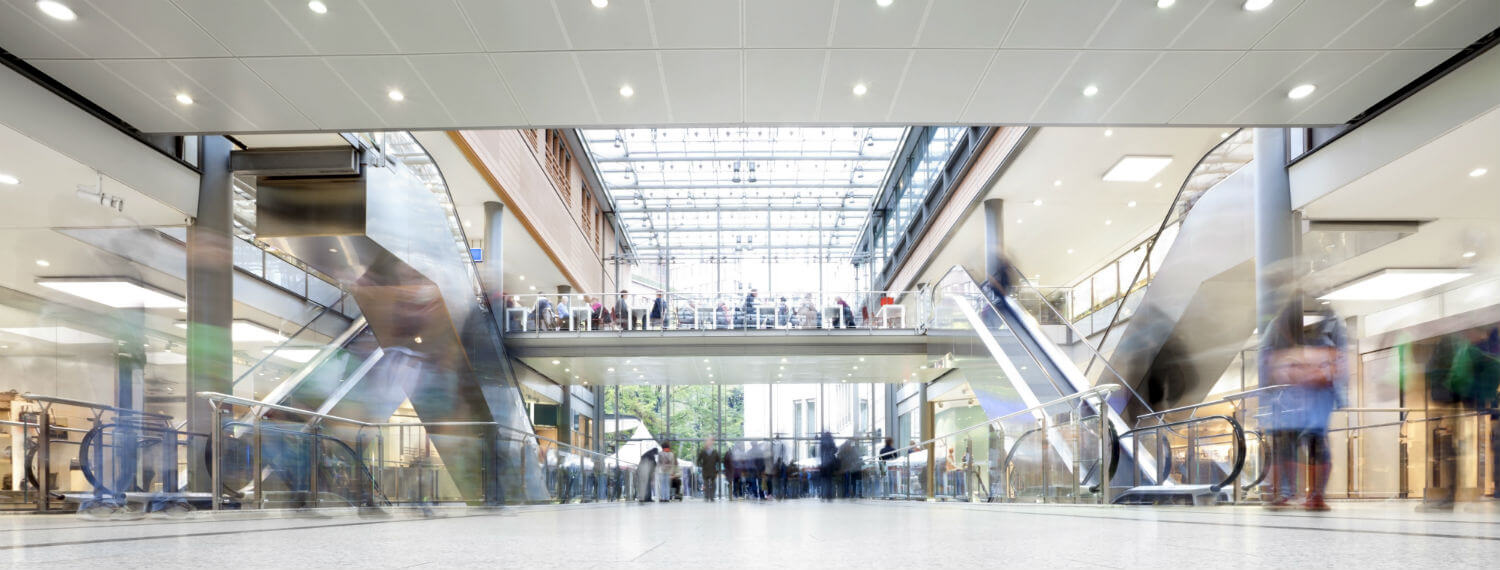Background
As part of Delineo’s Are you being found online? search marketing report, we launch the second in a series of 10 case studies focussing on 5 key industry sectors. This case study looks at retail giant Argos and assesses how well it is performing online.
The purpose of this research is to establish:
• On-site and off-site factors which influence and affect keyword rankings
• How successful companies implement these factors to enhance relevant, targeted traffic.
• Examples of good practice in the field of search marketing.
Introduction
Argos is the UK and Ireland’s largest ‘general-goods’ retailer with over 34,000 employees. Unique in its method of selling, Argos displays products by catalogue allowing customers to select, pay and then collect their items. Along with its sister company Homebase, it forms part of the Home Retail Group. The company has over 800 stores with an annual turnover of roughly £4.2 billion.
Argos Online
According to the Hitwise Hot Shops List (August 2011), Argos is second to Amazon UK in terms of visitor numbers to its website. Our research reveals an estimate of 13,600,000 searches per month on average. This, of course, is using term ‘Argos’ only and does not include misspellings and variations, as well as ‘Argos + location/product/service’.
When compared with major retailers Asda and Tesco, it’s possible to see the search hierarchy and who clearly performs better for branded searches.
Argos Search Behaviour
www.argos.co.uk performs well for most of the products for sale on its website, with multiple numbers of page one positions for very competitive terms such as laptops, garden furniture, mirrors, fridges etc... To research this in further detail, we’ve looked at a single product line (a variety of competitive television-related terms) and compared this against our rankings correlation data.
Of course, this search data only represents a portion of its product sales, but it shows that Argos ranks for a variety of search terms relating to a core product: both permutations ‘TVs’ and ‘televisions’ as well as associated words such as ’32 inch’, ‘LED’, ‘deals’, and brand terms like ‘Samsung’. Interestingly, Argos does not perform well for phrases that include ‘cheap’, however the brand does not position itself as a cheap/bargain retailer.
Argos Paid Search
It is reasonable to suggest that Argos have an extensive Google AdWords campaign and budget set up to target almost all of its products.
Here, it is interesting to see Argos took advantage of the run up to Christmas with its ad text. This shows solid PPC marketing with phrases such as ‘order for Christmas while you can’ and ‘save £250’. Good calls to action and the product display is a great feature of Google AdWords, allowing a quick snapshot of the product without clicking through to the actual page. This provides an efficient journey for the customer looking for the desired product.
What influences organic search for Argos?
As with any successfully ranking website in search engines, good quality links are still very influential for gaining page authority, as they help good keyword rankings. Argos is not short of top-quality links with great authority, and to highlight a small sample of its homepage link profile, we conducted a back link analysis and found brand names such as Google, Apple, the BBC, Disney and Channel5. In fact, the homepage alone is linked to from 2,152 good quality unique sources, and this assists in the development of Argos’ site authority in Google.
However, link building is not worthwhile if the basic structure of the website is not up to standard. The internal link profile of a website is often just as important as anything else and www.argos.co.uk does not disappoint (for a greater and more in depth overview of site architecture, read our post on Pets at Home SEO).
Targeted links are abundant on the homepage and beyond and most are created with targeted anchor text. There is a well-constructed piece of optimised text placed on each product category and product-specific page, which is nicely hidden away at the lower of each page. On the homepage the text is placed in a similar position and it is obvious to see which links go to deeper-level pages:
Argos: fresh content and multiple 'calls to action'
www.argos.co.uk is one of the most dynamic website we have conducted research into so far. In fact to cope with all the updates is a major task, but what it ensures is that each time Google crawls the website, there’s something completely different, be it seasonal or a daily deal or offer. Products will be updated constantly to make way for new lines. This is truly a dynamic website and we all know that Google thrives on content.
The homepage is awash with constantly updated deals. In fact, looking closely at the homepage we can see the following:
• Daily advent deals
• Half price (many uses of ‘half price’)
• Deal of the day
• Offer ends (on such a date)
• This week’s highlights
• Buy now
• Save up to 60%
Argos search results search bar
An interesting feature that appears from doing a search for the brand term ‘Argos’ is the search results box under the site links, pictured below.
Google’s official blog (search within a site) states that this feature occurs when there’s a high probability that a user wants more refined search results within a specific site. Like the rest of our snippets, the sites that display the site search box are chosen algorithmically based on metrics that measure how useful the search box is to users. But what metrics cause this search box to appear? We look at some of the possibilities.
It could be (and this is slight conjecture) due to a hierarchical site architecture that lays out clearly to Google the top level categories, or possibly because of an internal search box, as well as the vast amount of pages indexed by Google. It could even be suggested that it’s the opposite of a clearly defined architecture, and instead it is Google’s method of organising out a slightly ad-hoc internal structure. Either way, it does what Google promises and helps the user make a more direct and refined search from the results display.
By doing a ‘site’ search we can see how many pages Google has crawled and included in its index and we have looked at a number of websites and found the following results:
All sites with over a million indexed pages include the site search box apart from www.amazon.co.uk (a surprise!) and www.next.co.uk. Perhaps this is because these sites are already very clearly structured and easily navigable for the visitors, hence no additional requirement for a search box in the organic results.
Conclusion
Argos is a large website with an abundance of product pages and possesses a well-established presence in Google – as we have noticed when conducting an example search for television-related phrases, Argos appears on page one of Google for the majority. This is probably the same with many other phrasal variations for other products, so we can safely assume a substantial amount of traffic. Taking a closer look into the visitors to the site per day, we would estimate over 500,000 visitors per day with a significant rise over the Xmas period.
As with any other competent business, Argos has looked at its traffic and sought how to convert it into sales. A quick glance at the homepage shows an abundance of daily deals, half price product sales and pressurising calls to action such as ‘ offer ending on…’.
Site architecture uses appropriate themes and groups properly and one interesting aspect of the website is the dynamic URL structure . Before, it was preferable to use the keyword in the URL (something like www.argos.co.uk/cameras/digital-slr-cameras), but this doesn’t seem to be the case with Argos. A search for ‘digital SLR cameras’ gives us the following result, plus the dynamic URL.
Here we can see that Argos has not quite got a handle on its meta description results. Take a look at Warehouse Express and Jessops and you get the following results for ‘digital SLR camera’: a list of cameras with prices. This is a nice touch as it provides specific detail about products in search results.
Although the Argos website performs well in many different areas, such as a strong emphasis on calls to action, seasonal awareness, great search results for very competitive phrases, there are still areas where it underperforms.
Argos still has room for improvement in terms of search results (the site doesn’t attract traffic for ‘cheap’ phrases, for example). The potential exists for Argos to be proactive on high volume long-tail phrases that qualify products in terms of a ‘good price’ or ‘deal’. This is the essential meaning of the word ‘cheap’, not a low-quality product, but a good quality product at a competitive price.
Argos must be aware that its competitors rank higher for these types of search phrases, which ultimately results in Argos missing out on potential sales.

